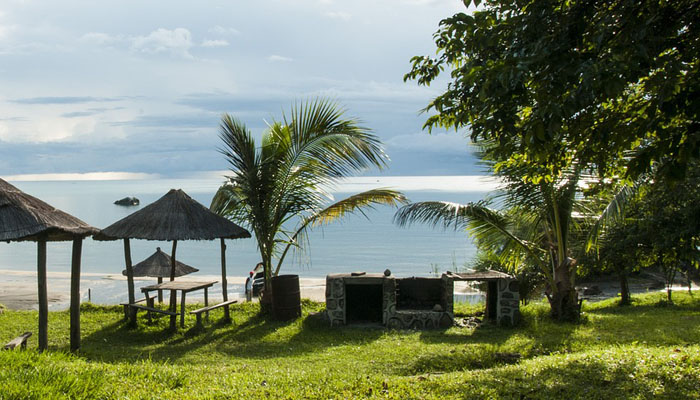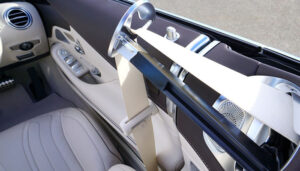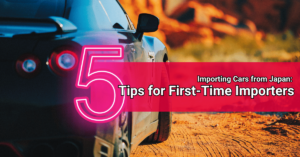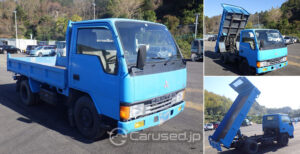Used cars from Japan are quite popular in Malawi, and it is not surprising why. After all, these vehicles are known to be superior in quality, durability, and efficiency. They are built to withstand the toughest on-road and off-road conditions. For instance, if you purchase a Japanese truck, you can expect it to deliver excellent performance for many years to come.
As with importing used vehicles to any country, there are also certain regulations and rules you need to follow when you are shipping a car legally to Malawi. There are no age restrictions to the vehicles you can import. However, if you are not shipping a special vehicle like an ambulance or a fire truck, you are limited to right-hand-drive cars.
While you need to think about the car compliance requirements, one of your biggest concerns is the cost of importing used cars from Japan. In this post, we have compiled a list of the possible fees you need to pay for.
Important Terms to Remember
When you are purchasing a Toyota HiAce van or any kind of vehicle from Japan, you need to get the FOB and the CIF. FOB stands for ‘Free on Board’ which is the actual cost of the car, minus the shipping, insurance, and inspection fees. On the other hand, CIF stands for ‘Cost, Insurance, and Freight’. It is the FOB added to the shipping, inspection, and insurance fees.
Now, you need to get these details:
- Car make and model
- Engine size
- Year of manufacture
- Fuel type
- FOB
The information you will gather will determine how the import taxes and duties are calculated.
What are the Import Taxes and Duties?
When we talk about duties, cars imported to Malawi fall under two categories – goods and passenger vehicles. Passenger cars are then subcategorized into station wagons and saloons. Station wagons are vehicles that carry less than ten passengers. Meanwhile, buses and minibuses carry more than ten passengers.
Keep in mind that the rate of duties depends on the year of manufacture and the engine size of the vehicle you wish to import. If you are shipping an older car with a bigger engine, say a 2008 Toyota HiAce van with a 3,000 CC engine capacity, expect to pay for higher excise taxes. Here’s an illustration:
Engine Capacity: 1000 CC to 1499 CC
- Age: 0-8 years (Duty: 25%; Excise: 0%; VAT: 16.5%)
- Age: 8-12 years (Duty: 25%; Excise: 30%; VAT: 16.5%)
- Age: 12 years and older (Duty: 25%; Excise: 60%; VAT: 16.5%)
Engine Capacity: 1500 CC to 1999 CC
- Age: 0-8 years (Duty: 25%; Excise: 15%; VAT: 16.5%)
- Age: 8-12 years (Duty: 25%; Excise: 45%; VAT: 16.5%)
- Age: 12 years and older (Duty: 25%; Excise: 75%; VAT: 16.5%)
Engine Capacity: 2000 CC to 2499 CC
- Age: 0-8 years (Duty: 25%; Excise: 35%; VAT: 16.5%)
- Age: 8-12 years (Duty: 25%; Excise: 60%; VAT: 16.5%)
- Age: 12 years and older (Duty: 25%; Excise: 90%; VAT: 16.5%)
Engine Capacity: 2500 CC to 2999 CC
- Age: 0-8 years (Duty: 25%; Excise: 45%; VAT: 16.5%)
- Age: 8-12 years (Duty: 25%; Excise: 70%; VAT: 16.5%)
- Age: 12 years and older (Duty: 25%; Excise: 100%; VAT: 16.5%)
Engine Capacity: 3000 CC
- Age: 0-8 years (Duty: 25%; Excise: 55%; VAT: 16.5%)
- Age: 8-12 years (Duty: 25%; Excise: 80%; VAT: 16.5%)
- Age: 12 years and older (Duty: 25%; Excise: 110%; VAT: 16.5%)
Remember that the duty payable is computed according to the vehicle’s Customs Value (CIF + Port Charges). So, to recap, here are the fees you need to pay for:
- CIF
- Total Car Import Taxes
- Port Cost
If you want to get detailed instructions on how to compute the fees, check out our post about computing car import fees, duty, and taxes in Malawi.



